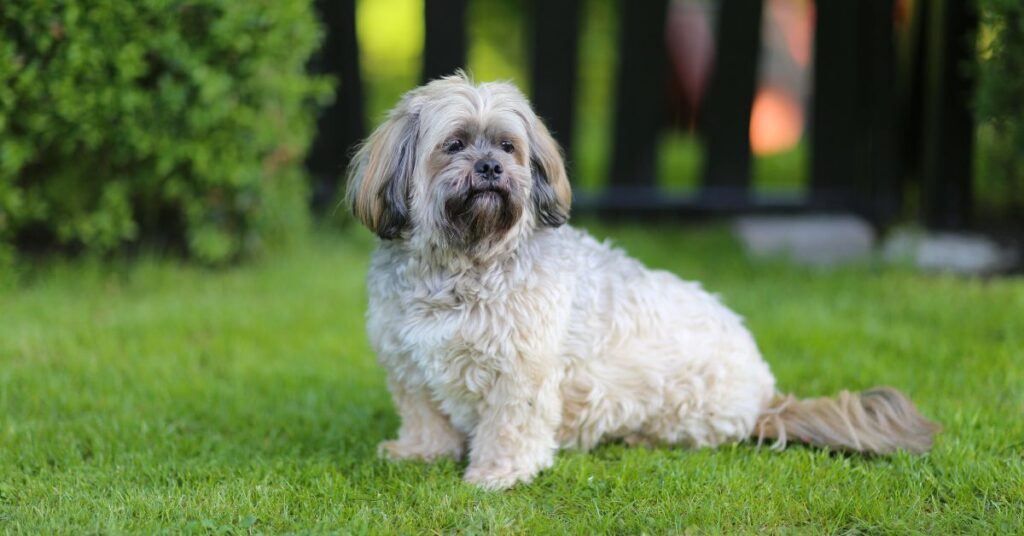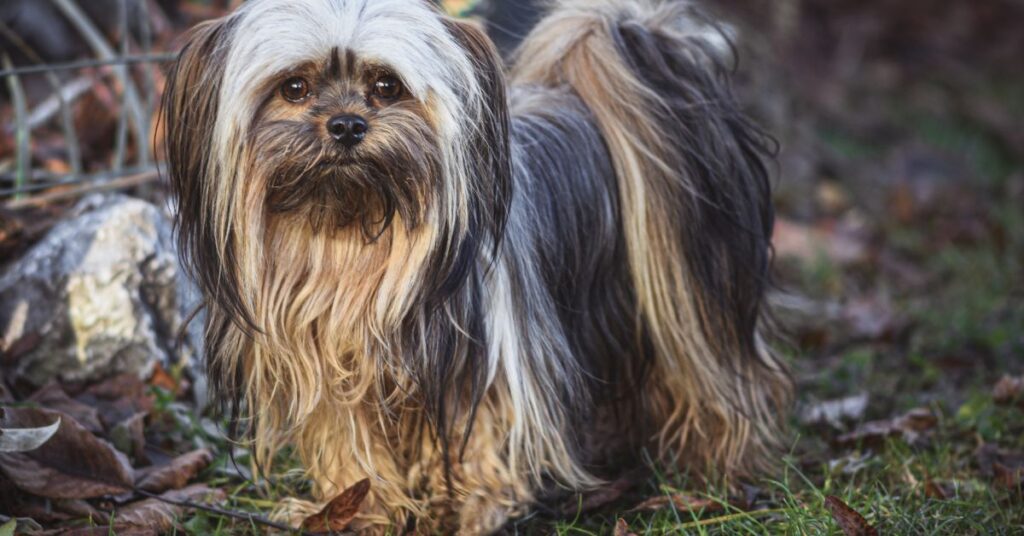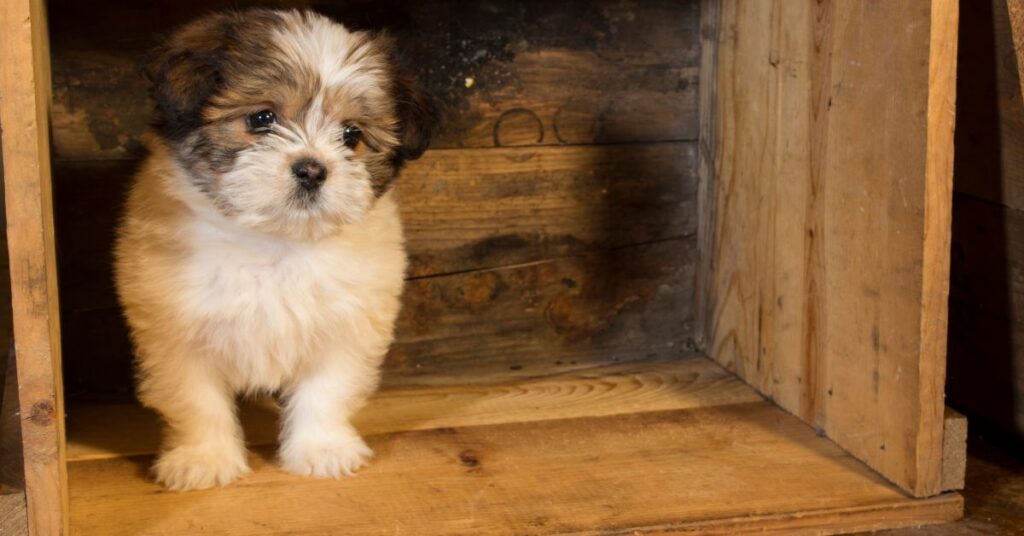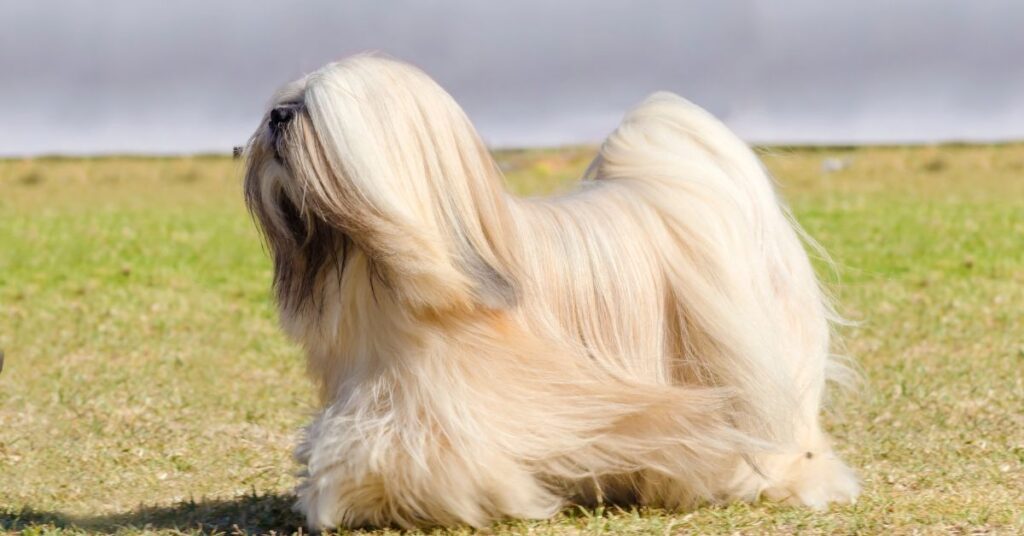The Lhasa Apso is a small, long-haired breed known for its regal appearance and charming personality. Originally bred as a sentinel in Tibetan monasteries, this breed is both alert and affectionate, making it a delightful companion for various types of households.
*Disclaimer: This Post May Contain Affiliate Links. This Means That I Receive A Small Commission At No Extra Cost To You Should You Click Through And Make A Purchase. Learn More On My Policy Page
Breed Characteristics
- Breed Category: Toy Group
- Size: Small
- Coat Length: Long
- Shedding: Minimal
- Hypoallergenic: Yes
- Grooming Requirements: High; regular grooming needed
- Life Span: 12-15 years
- Activity Level: Moderate
- Temperament/Personality: Alert, affectionate, independent
- Intelligence: Moderate
- Trainability: Moderate; can be stubborn
- Space Requirement: Small; suitable for apartments
- Compatibility with Children & Other Pets: Good, with early socialization
- Health Issues: Prone to eye conditions and hip dysplasia
- Nutrition Needs: High-quality diet with balanced nutrients

Origin and History
The Lhasa Apso originates from Tibet, where it was bred as a guard dog for monasteries and palaces. Its name translates to “Bark Lion Sentinel Dog,” reflecting its role as a watchdog. The breed was highly prized by Tibetan monks and was considered sacred. Lhasa Apsos were not only valued for their guarding abilities but also for their companionship. They were introduced to the Western world in the early 20th century and have since become a popular breed due to their distinctive appearance and affectionate nature.
Appearance and Physical Characteristics
Lhasa Apsos are small, sturdy dogs with a distinctive long, flowing coat. Males typically weigh between 12 to 18 pounds, while females are slightly lighter, ranging from 10 to 16 pounds. They stand about 10 to 11 inches tall at the shoulder. The breed’s coat is dense and comes in a variety of colors, including gold, white, black, and gray. Their expressive eyes, long hair, and overall appearance give them a regal and dignified look.
Temperament and Personality
Lhasa Apsos are known for their alert, affectionate, and independent nature. They are loyal to their families and can be quite protective despite their small size. The breed is also known for its intelligence and can be somewhat stubborn, which can present challenges during training. Lhasa Apsos are generally good with children and other pets, especially if properly socialized from a young age. They enjoy companionship and can form strong bonds with their owners.

Intelligence and Trainability
The Lhasa Apso is a moderately intelligent breed. While they can learn commands and tricks, they may also exhibit a stubborn streak. Positive reinforcement methods work best, as harsh training techniques can lead to resistance. Early training and socialization are important to help them develop good behavior and social skills. Despite their independence, Lhasa Apsos can excel in various dog sports and activities when motivated and properly guided.
Compatibility with Children and Other Pets
Lhasa Apsos generally get along well with children and other pets, especially when introduced early and socialized properly. They are affectionate and can be playful with children, but their small size means they should be handled gently. With other pets, especially dogs, Lhasa Apsos can coexist peacefully if socialized correctly. However, their guarding instincts may lead them to be territorial, so early training and socialization are key.
Health and Nutrition
Lhasa Apsos are generally healthy but can be prone to certain health issues, including eye conditions like cataracts and progressive retinal atrophy (PRA), as well as hip dysplasia. Regular veterinary check-ups, a balanced diet, and proper exercise are essential to maintaining their health. Providing a high-quality diet that supports their small size and active lifestyle is important. Owners should also be attentive to their coat’s needs to prevent matting and other coat-related issues.

Exercise and Activity Level
Lhasa Apsos have moderate exercise needs and enjoy regular physical activity to stay healthy and happy. They benefit from daily walks, playtime, and mental stimulation to prevent boredom. The breed is adaptable to various living environments, including apartments, as long as they receive adequate exercise and interaction. Lhasa Apsos enjoy indoor play and can also participate in dog sports and activities that engage their mind and body.
Grooming Needs
The grooming needs of Lhasa Apsos are high due to their long, flowing coat. Regular brushing is necessary to prevent matting and tangling, and their coat should be groomed several times a week. Bathing should be done as needed to keep the coat clean and healthy. Routine grooming tasks such as dental care, ear cleaning, and nail trimming are also important to maintain their overall health. The breed’s coat requires consistent care to prevent issues and keep them looking their best.
Training and Socialization
Early training and socialization are crucial for Lhasa Apsos. They are intelligent but can be stubborn, so consistent, positive reinforcement is key to successful training. Socializing them with other dogs, people, and various environments helps them develop into well-rounded and confident adults. Due to their independent nature, patience and persistence are important in training, and a gentle approach is recommended to encourage positive behavior.

Famous Lhasa Apsos
Lhasa Apsos have been featured in various media and have gained recognition for their unique appearance and personality. They are often seen in dog shows and are appreciated for their distinctive look and affectionate nature. The breed’s history as a sacred companion to Tibetan monks adds to its allure and charm.
Conclusion
The Lhasa Apso is a small, elegant, and affectionate breed that makes a wonderful companion for various types of households. With proper grooming, training, and care, a Lhasa Apso can be a loyal and loving member of the family.














